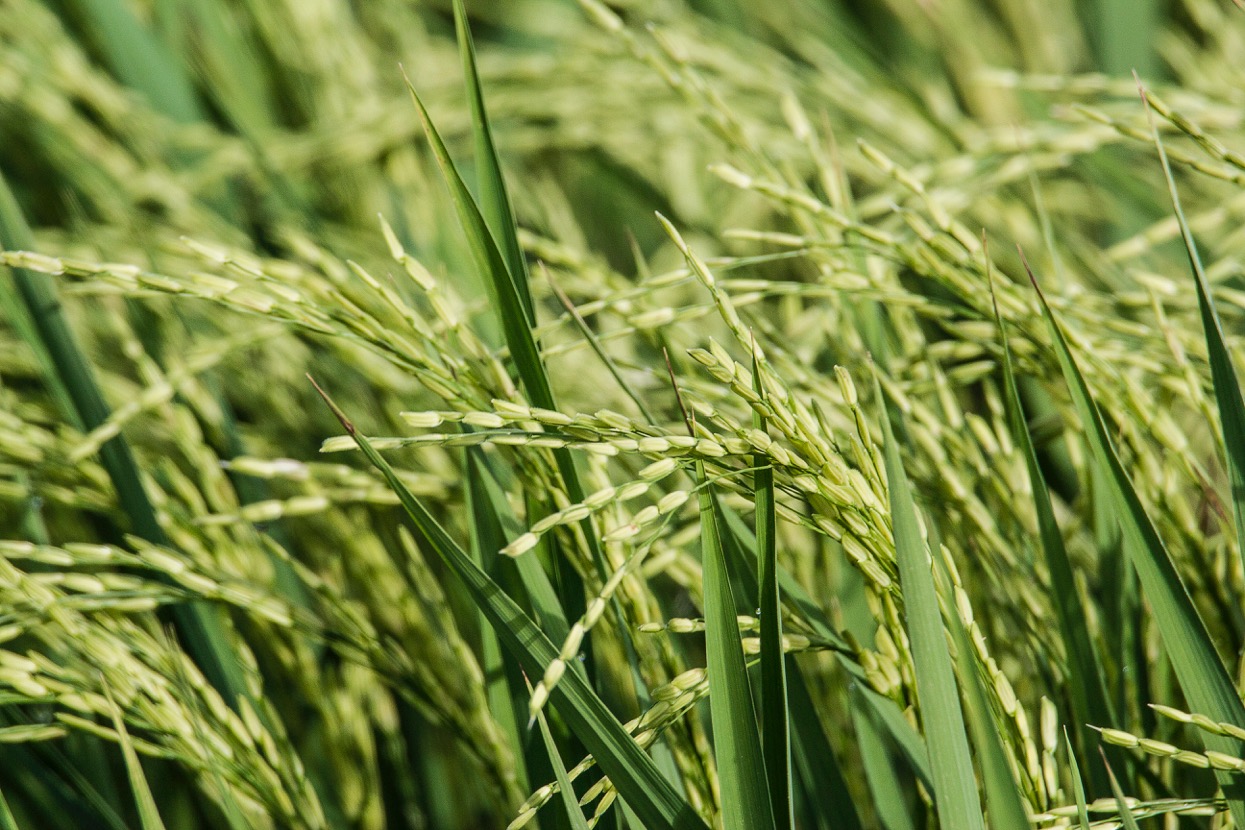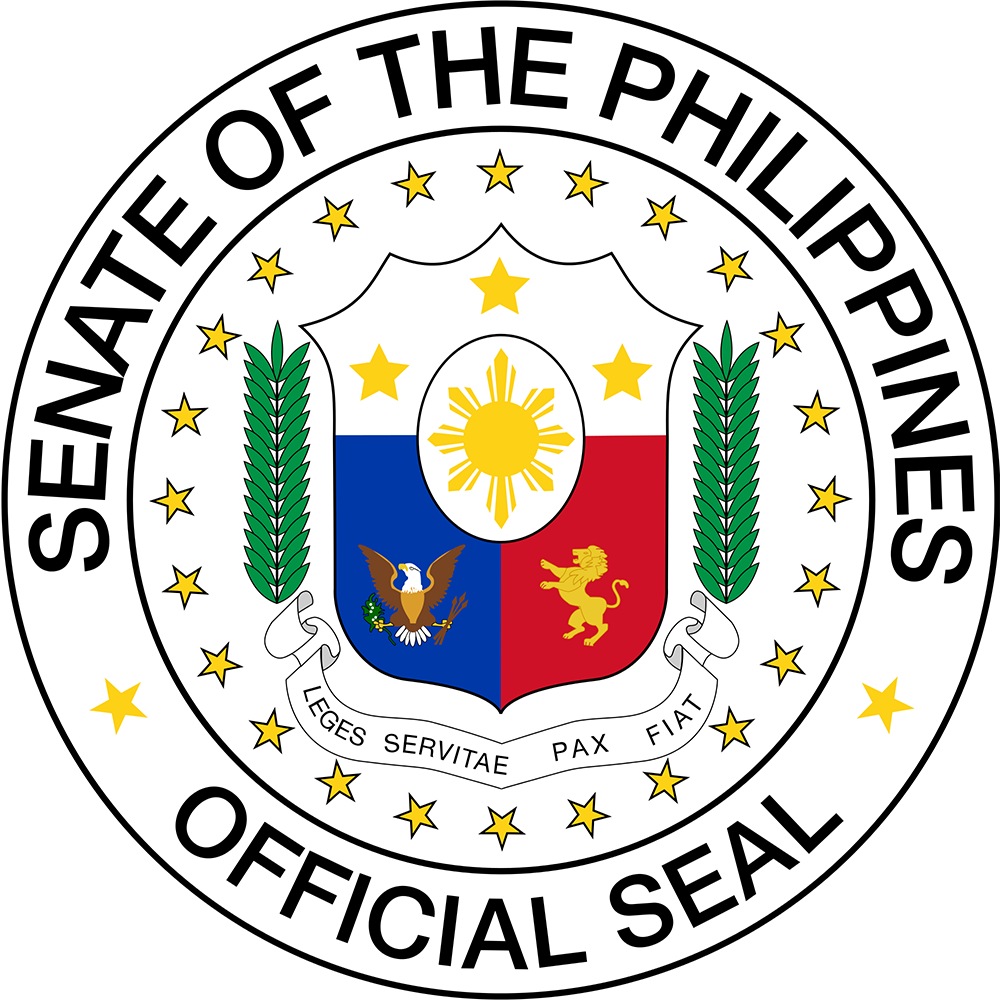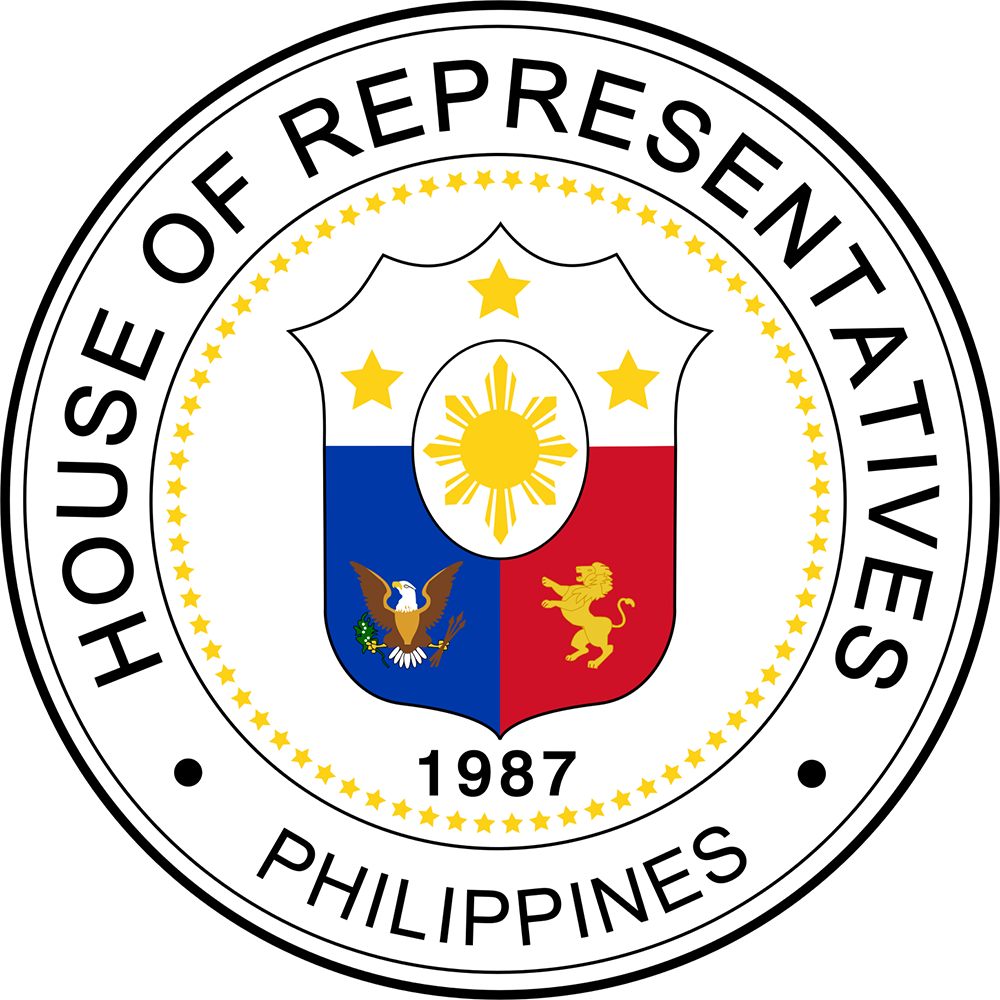
by Agriculture Secretary William D. Dar
(Second of two parts)
After discussing the “New Thinking for Agriculture” in my first appearance as Agriculture Secretary on August 6, the response it got was almost overwhelming with a big number of agencies attached to the Department of Agriculture (DA) taking it to heart. And more and more stakeholders and actors in the agriculture sector have made the New Thinking part of their battlecry.
And the New Thinking for Agriculture taking root in Philippine agriculture is very timely as the Rice Competitiveness Enhancement Program (RCEP) needs to be implemented to make the country’s rice industry competitive at least in the Southeast Asian region.
The New Thinking for Agriculture has eight paradigms, of which the first two — modernization must continue, and industrialization of agriculture is key—clearly apply to RCEP that has four major components: mechanization, distribution of high-yielding seeds, credit support, and training and capacitating smallholder farmers.
When experts speak about modernization, two things come into mind: machines and technology. For the rice industry, this means deploying various farm equipment for land preparation, planting, spraying of inputs, harvesting, drying and milling. If most of those phases in rice cultivation still relied on human or animal power, there is no way we can make our rice industry competitive at least in Southeast Asia.
Furthermore, we need to have in RCEP machines and equipment that are global positioning system (GPS)-enabled, which could take rice farming to a higher level. There are farm equipment manufacturers who are already developing GPS-enabled machines, which is a development we could never ignore. Since RCEP will be implemented over a period of six years, getting GPS-enabled machines to rice farmers is very doable.
Modernization of the rice industry also relies much on mechanization, which has the biggest allocation under RCEP based on Republic Act 11203 or the “Rice Tarrification Law.” The mechanization component of RCEP gets P5 billion of the P10 billion total, or 50 percent, with the Philippine Center for Postharvest Development and Mechanization tasked to implement this component.
There is no other program, legislated or otherwise, that allocates as much as P25 billion to distribute farm machines to the agriculture sector in general. And while the RCEP focuses the distribution of farm machines to the rice industry through qualified farmers and cooperatives, it lays down the foundation for further modernization of the whole agriculture sector.
It is actually mechanization that makes the agriculture sector move from the era where human and animal power dominated cultivation of crops and even fishery operations.
Perhaps, one overlooked benefit of RCEP’s mechanization component is the propaganda value it provides, or it could clearly demonstrate to the whole agriculture sector the advantages of utilizing machines in every aspect of cultivating other crops, and also in value adding. With the mechanization level in rice farming hovering around 2 horsepower per hectare (hp/ha), much needs to be done to truly make our agriculture sector as modernized as that of China and South Korea, which have a level of about 4 hp/ha. And if we want to aspire further, Japan has a mechanization level of 7 hp/ha.
The increase in the mechanization level of the rice industry and the whole agriculture sector of the Philippines is just a step toward industrialization, which is typified more by value adding, processing, manufacturing and developing markets for both raw and processed agricultural products.
This means rice farmers should eventually venture into the commodity’s value chain after improving their productivity and incomes through RCEP’s four components. This also means that the other components of RCEP, particularly propagation of high-yielding seeds, credit support, and training and capacitating of farmers, are equally important for the overall program.
The industrialization paradigm of the New Thinking of Agriculture when applied to the rice industry, however, should lead to the introduction and adoption, especially by the farmer, of Fourth Industry Revolution (4ID) technologies. And this is where things could get more exciting for the rice industry.
Setting the groundwork for the Fourth Industrial Revolution
Farm mechanization could set the groundwork for the eventual adoption of 4ID, even if we see limited Third Industrial Revolution (3ID) technologies in most farming activities today in developing countries. 3ID largely introduced computerization into industry and businesses.
The exciting thing about 4ID is the internet is making it easier for industries to research, seek and eventually adopt the range of 4ID technologies that are matured or still under development. Under 4ID, there is a convergence of biological, physical or mechanical and digital technologies, with the Internet of Things, artificial intelligence (AI), robotics and information and communications technology having a pivotal role in transforming how businesses and industries operate.
And as I have mentioned earlier, GPS-enabled machines should be included in the menu of equipment to be distributed under RCEP.
I also mentioned in one of my columns in the past on how technological advances could result in farms being operated by robots and AI, while the farm managers monitor operations from an office near the fields. This could become a reality in the next few years if the mechanization of farming and fisheries is followed by the application of 4ID technologies. I even believe the application of 4ID technologies and mechanization could go hand-in-hand, provided smallholder farmers become more oriented towards the New Thinking of Agriculture.
And this is where the training and capacitating component of RCEP comes into play, or it should, especially over the long run, make agricultural smallholders appreciate or become excited over technology application in farming and fisheries.
Besides making farming more productive and profitable through the use of technologies, 4ID should result in agriculture smallholders getting linked to the major markets, and empowering them by giving them access to market and industry information.
So, what I am saying here is RCEP most biggest component — mechanization — has a very big impact in the “technologization” of the country’s agriculture sector. And that should greatly contribute to the country’s agriculture industry becoming truly modernized and industrialized. (first published in the Manila Times)













